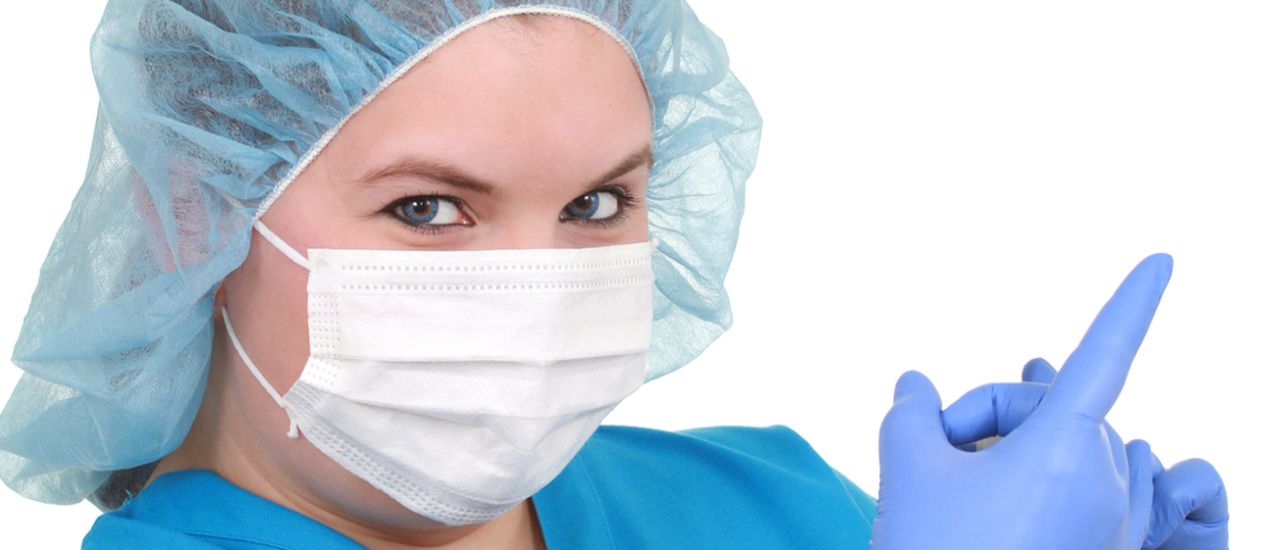Haemorrhoids, or piles, are rarely dangerous or life-threatening, but they can be a pain in the butt! They can bleed, itch and even protrude … and they are quite common.
What are haemorrhoids?
- haemorrhoids are also known as piles
- they are swellings containing enlarged blood vessels (veins)
- they are uncomfortable lumps inside or around the rectum and anus
- they only cause concern when they swell, bleed, prolapse, become painful or itch
What causes haemorrhoids?
Anything that increases pressure in the blood vessels around the anus can cause haemorrhoids: the blood vessels basically swell up like little balloons, causing the discomfort.
Some examples include:
- chronic constipation
- chronic diarrhoea
- pregnancy
- straining during bowel movements
- lifting heavy weights
- chronic liver disease
Your risk of haemorrhoids is higher if:
- your family members have haemorrhoids.
- you are overweight
- you are older than 45
How would you know if you have haemorrhoids?
- you see some bright red blood in the toilet when you passed a stool
- you have pain when passing a stool
- you can feel a lump protruding from your anus. You may need to push it back after you passed a stool.
- anal itching
- there is some mucous in the toilet after passing a stool.
What are the different types of haemorrhoids?
a) Internal haemorrhoids: there are 4 grades
- grade 1: small haemorrhoids on the inside of the anus; not visible from outside
- grade 2: larger haemorrhoids inside the anus; they may protrude from the anus when passing a stool but go back without pushing them back.
- grade 3: also called prolapsed haemorrhoids: are outside the anus (felt hanging out), and can be pushed back
- grade 4: large haemorrhoids that cannot be pushed back (i.e. they remain outside the anus all the time)
b) External haemorrhoids:
- also called a peri-anal haematoma
- often a medical emergency condition
- a lump (or lumps) on the outside edge of the anus
- can become very painful if a blood clot forms inside (called thrombosis)
- can become itchy
What is the treatment of haemorrhoids?
a) Lifestyle changes
- drink more water (try for at least 1,5L per day)
- eat more fiber (bran, fresh fruit and vegetables, lentils, oats, nuts)
- lose weight
- exercise regularly
- avoid medication that can cause constipation
b) Do not delay going to the toilet once you have the urge to go, avoid straining
c) Stool softeners can be used to make it easier to pass stool
d) Sitting in a Sitz bath
e) Over-the-counter ointments and suppositories (these provide symptom relief by reducing swelling)
f) Painkillers
g) Corticosteroids
h) Non-surgical options: banding, sclerotherapy
i) Surgery: haemorrhoidectomy, laser surgery
It’s important to remember that any rectal bleeding or blood in one’s stool is abnormal. Although this blood may possibly come from a haemorrhoid, it may also be as a result of a number of other conditions. Such conditions can include diverticulitis, inflammatory bowel disease, tumours, bleeding from ulcers, an anal fissure, amongst others.
If you see any blood in the stool, visit your doctor to be properly examined and diagnosed.

